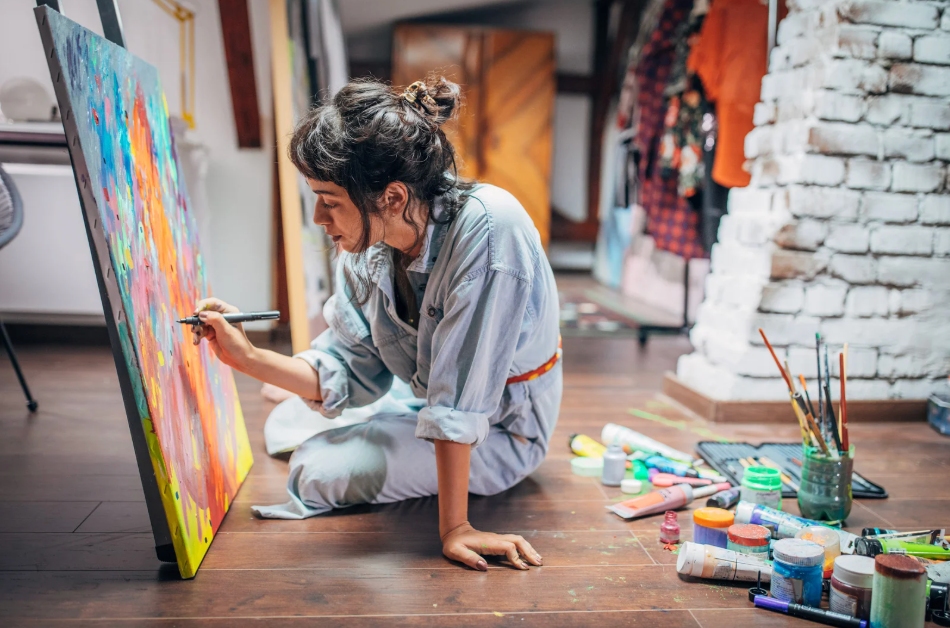In a bold move to support the city’s creative community, San Francisco has launched a first-of-its-kind Universal Basic Income (UBI) program designed specifically for artists. The program, announced on September 3, 2024, aims to provide financial stability to local artists, helping them to continue their work while navigating the challenges of living in an expensive city.
The new initiative, called “Creative Futures,” will offer direct monthly payments to a select group of visual artists, musicians, writers, and other creatives throughout San Francisco. Participants will receive $1,500 a month for a period of 18 months, allowing them to focus on their craft without the financial strain of precarious living conditions. The payments are designed to provide a basic level of financial security, enabling artists to dedicate more time to their work and less time to side jobs or financial worries.
“This program is about recognizing the invaluable contributions that artists make to the cultural fabric of our city,” said Mayor London Breed during the announcement. “We want to make sure that the people who shape San Francisco’s vibrant art scene have the support they need to thrive.”
The “Creative Futures” program is aimed at addressing the growing concerns around affordability and the displacement of artists in San Francisco, a city that has long been a cultural hub for creativity. As housing costs and living expenses rise, many local artists have found it increasingly difficult to stay in the city, let alone afford to create art. The UBI initiative is a direct response to these challenges, offering a safety net that allows creatives to remain in the city without the constant pressure of financial instability.
The program will be available to artists who meet specific eligibility criteria, including financial need and a demonstrated commitment to their artistic practice. Applications will be open to artists across a wide range of disciplines, from visual arts and theater to music and dance. In addition to providing financial relief, the program will also include resources and workshops aimed at helping artists expand their networks and connect with potential collaborators and patrons.
Critics have noted that while the program is an important step toward supporting artists, it may not fully address the broader systemic issues around affordable housing and living costs in the city. However, supporters argue that it’s a crucial starting point for creating a more sustainable environment for creatives in San Francisco.
As the “Creative Futures” program begins, it has already garnered significant attention from cities across the country, with many looking to San Francisco’s innovative approach as a potential model for supporting the arts and fostering creativity in urban environments.


